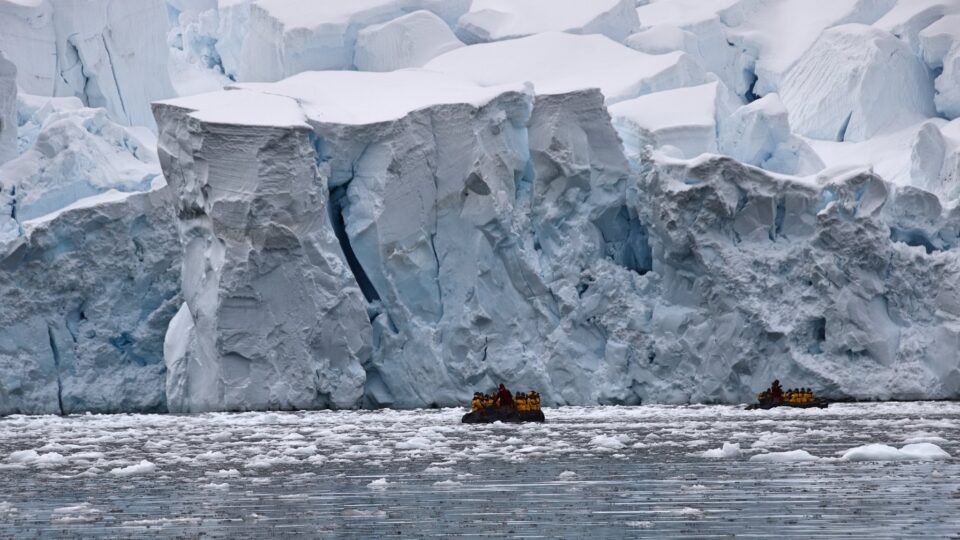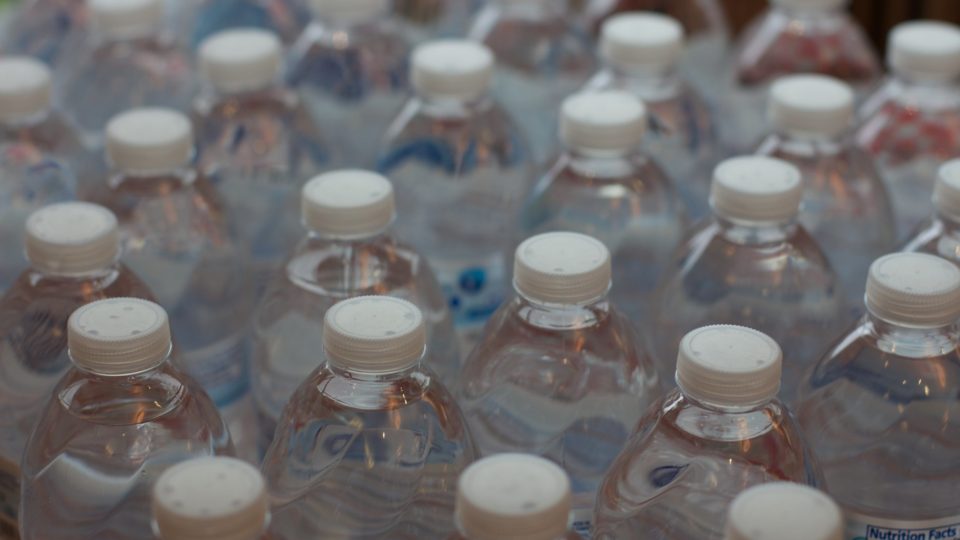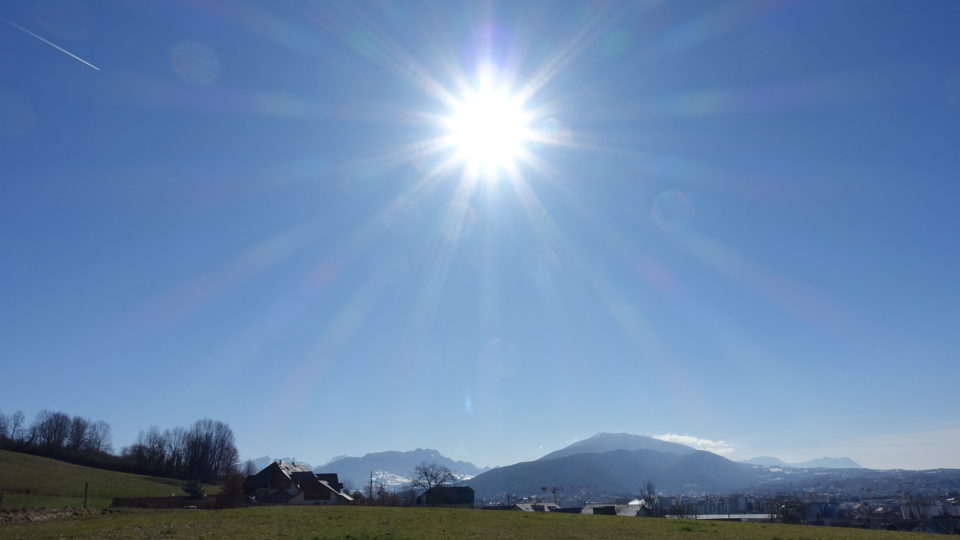Sea levels are rising and ocean warming is responsible for the bulk of that rise. As water heats up, it expands, which drives up sea levels. But on top of that, global warming is melting the polar ice sheets, and that is leading to about a quarter of the world’s sea level rise. So far, polar melting has fueled about an inch of sea level rise, two-thirds from Greenland and one third from Antarctica. According to scientists, by the end of this century, melting polar ice caps could raise sea levels between 6 and 10 inches.
The seven worst years for polar ice sheet melting have occurred during the past decade. The worst year on record was 2019. The loss in 2019 was driven by an Arctic summer heatwave, which resulted in record melting from Greenland, amounting to nearly 500 billion tons melted that year. Antarctica lost 180 billion tons of ice that year, mostly due to melting glaciers and record melting from the Antarctic Peninsula.
Ice losses from Greenland and Antarctica can now be reliably measured by satellites in space. A team of researchers led by Northumbria University in the UK has combined 50 satellite surveys taken between 1992 and 2020.
They have found that the Earth’s polar ice sheets have lost over 8,000 billion tons of ice over that time period. That much ice corresponds to an ice cube roughly 12 miles high.
The satellite technology is now at the stage where the ice sheet status can be continuously updated. Such monitoring is critical to predict the future behavior of the ice sheets and provide risk warnings of the dangers that coastal communities around the world will face.
**********
Web Links
Polar ice sheet melting records have toppled during the past decade
Photo, posted December 19, 2017, courtesy of Jasmine Nears via Flickr.
Earth Wise is a production of WAMC Northeast Public Radio





